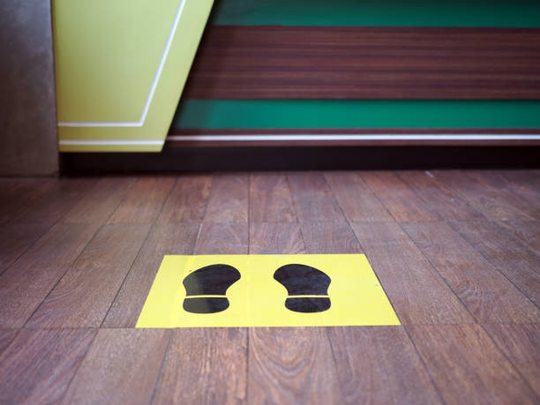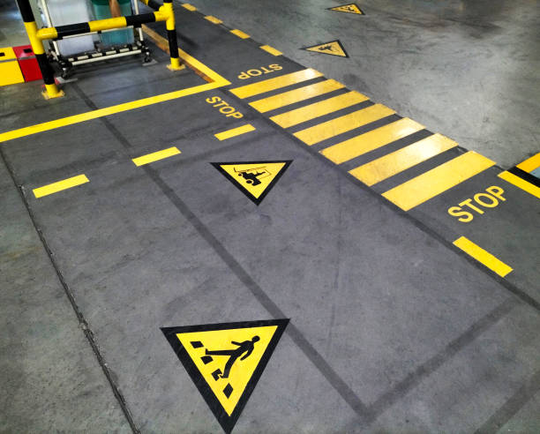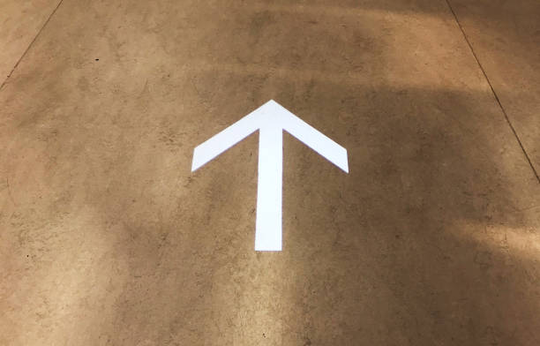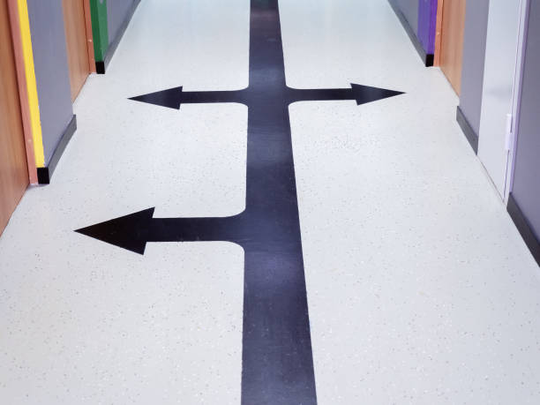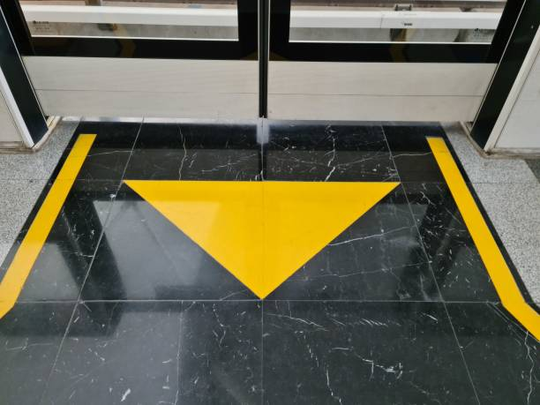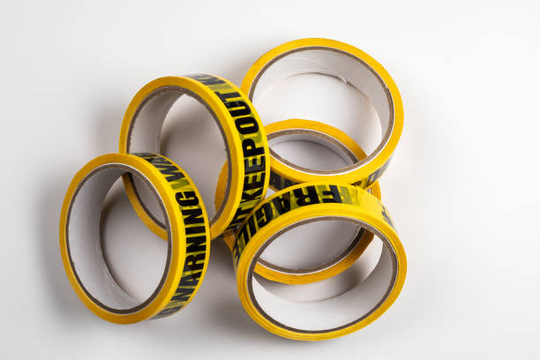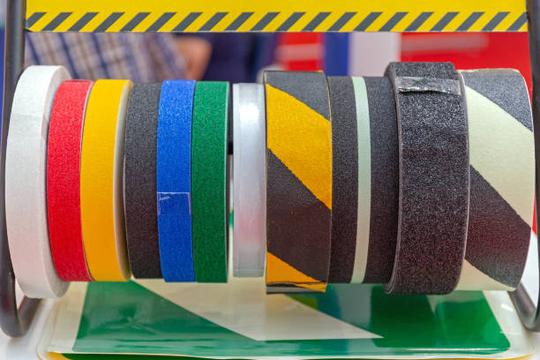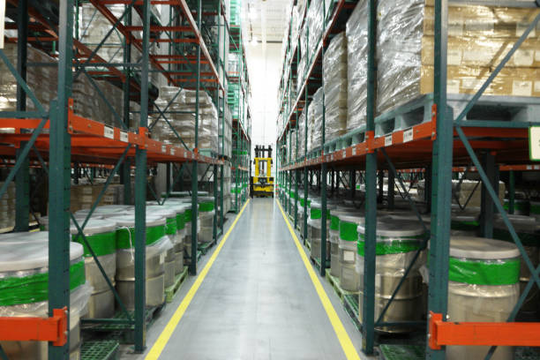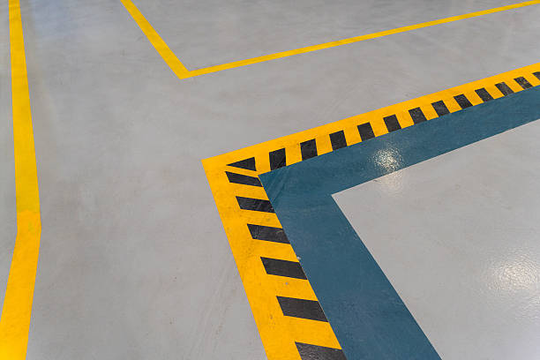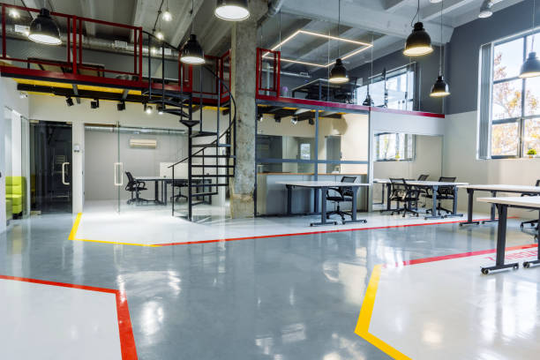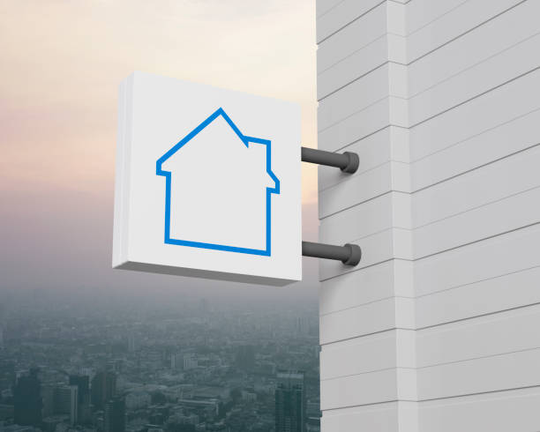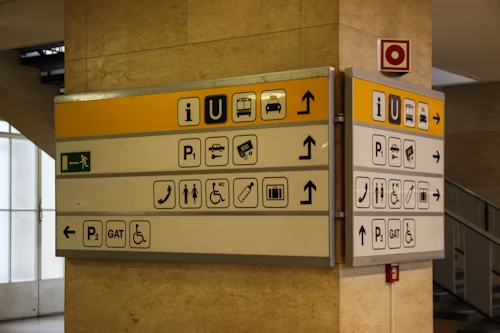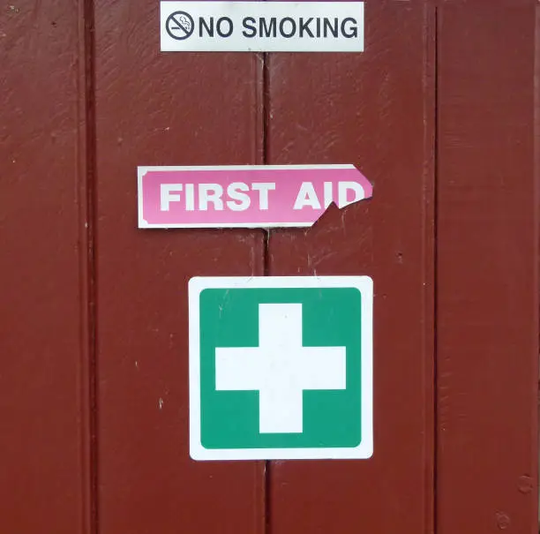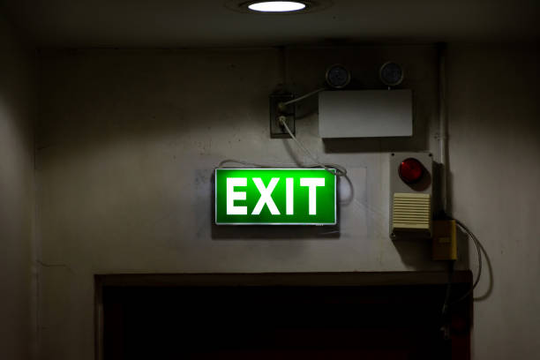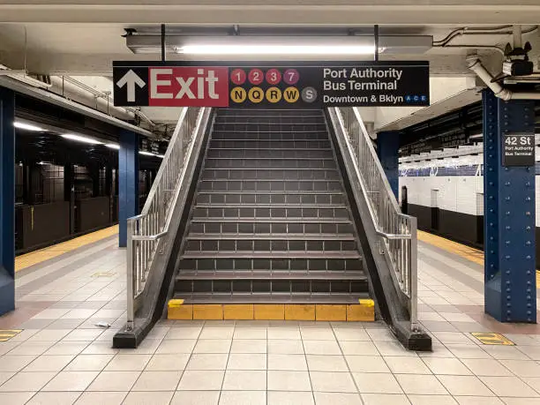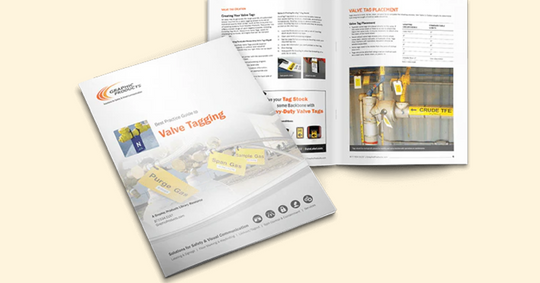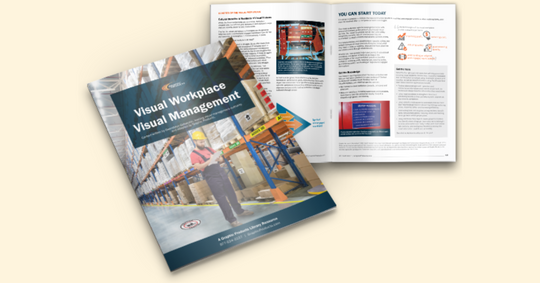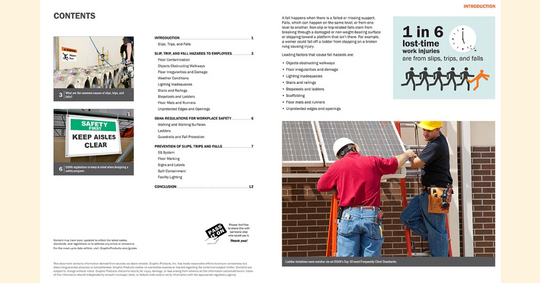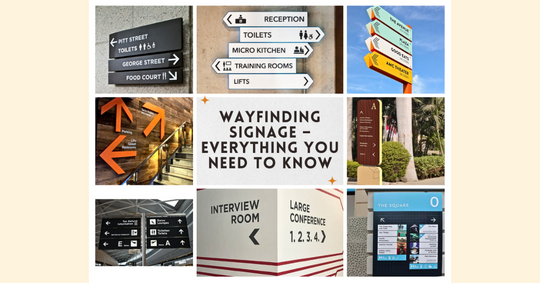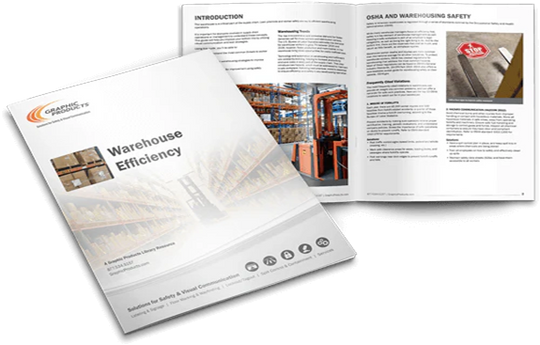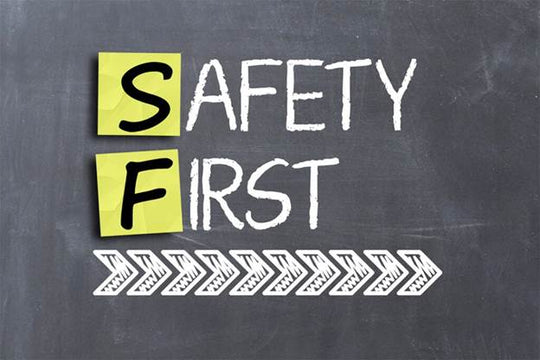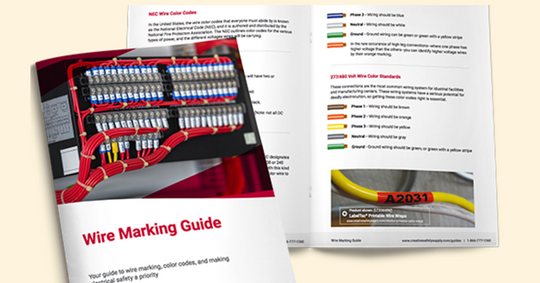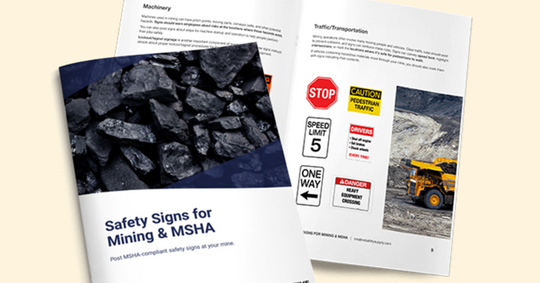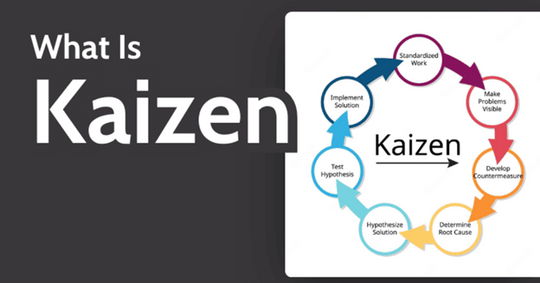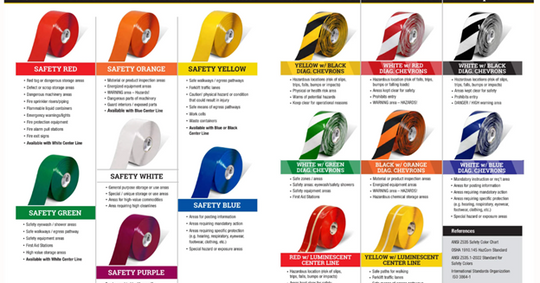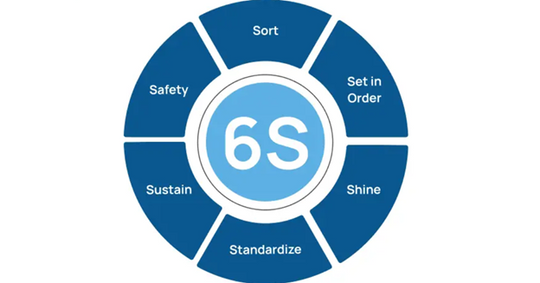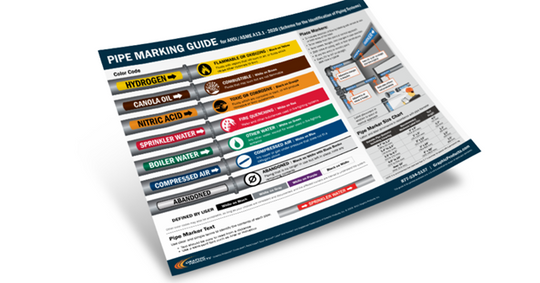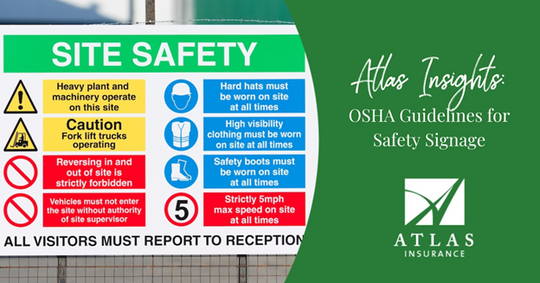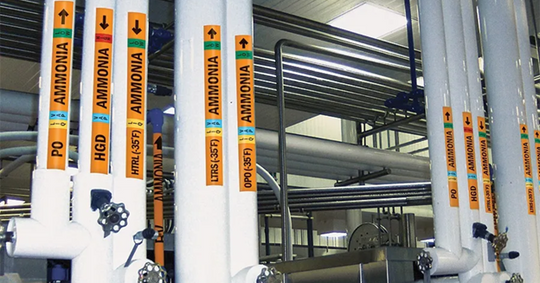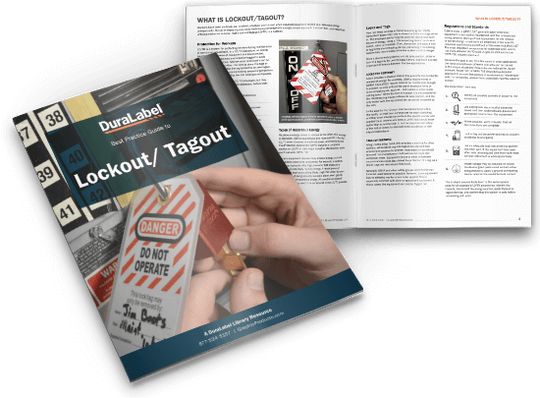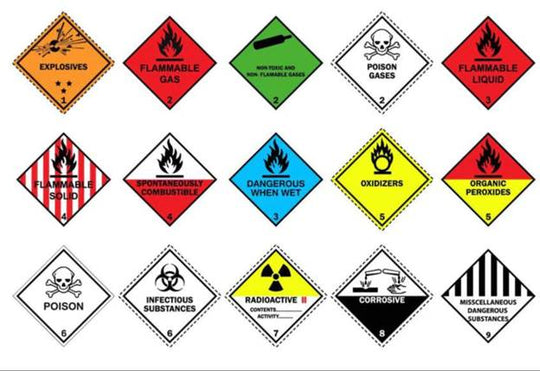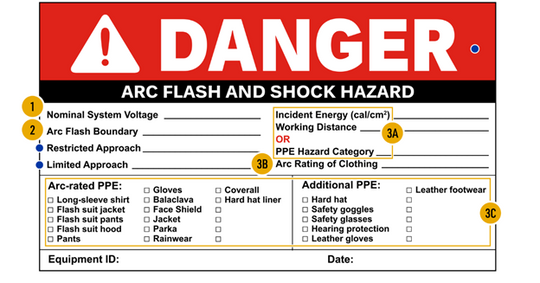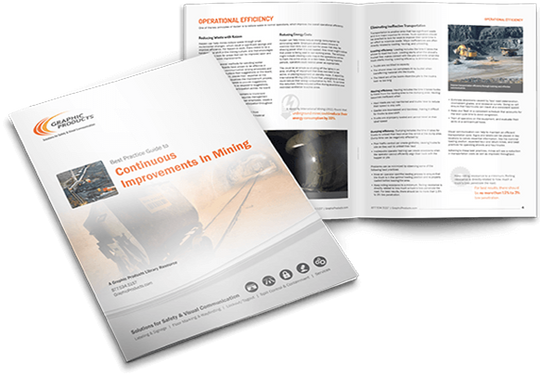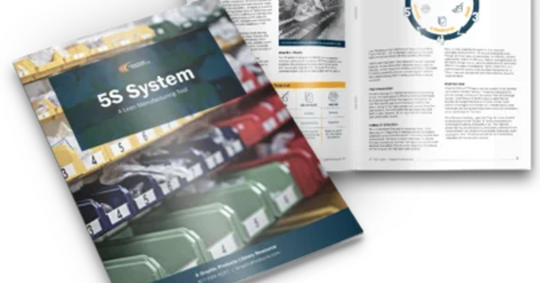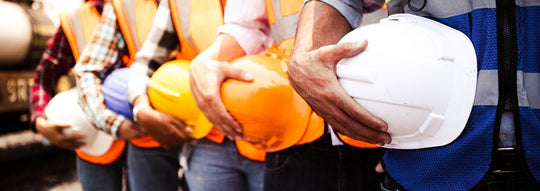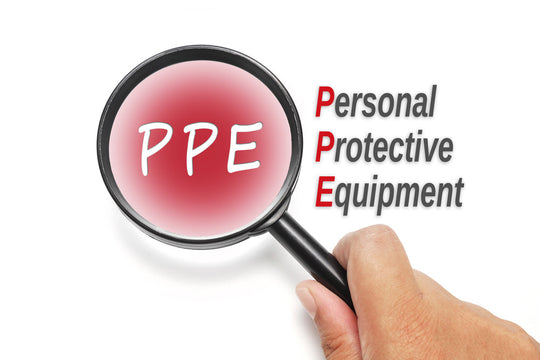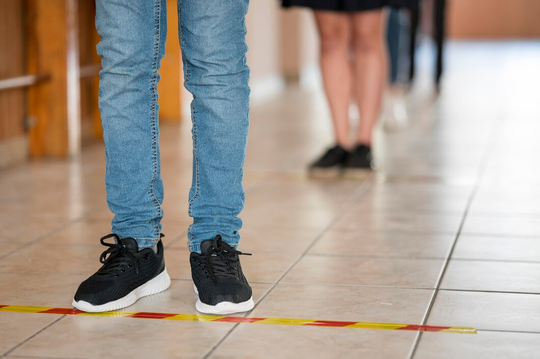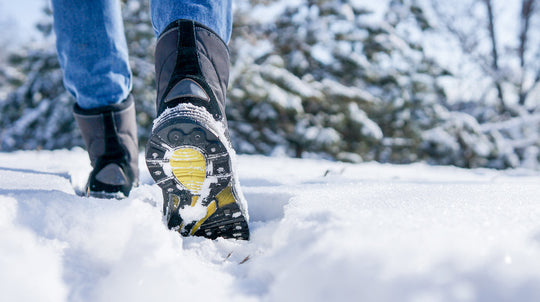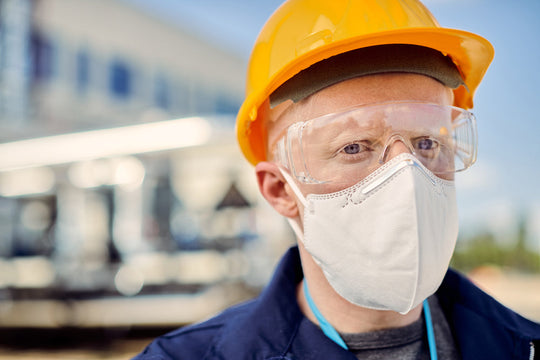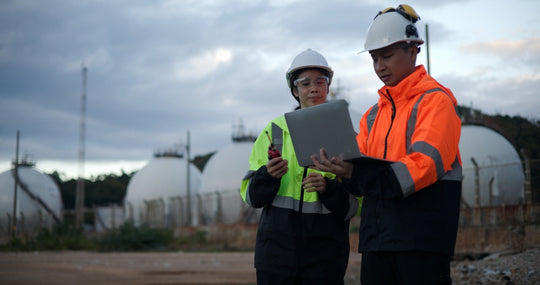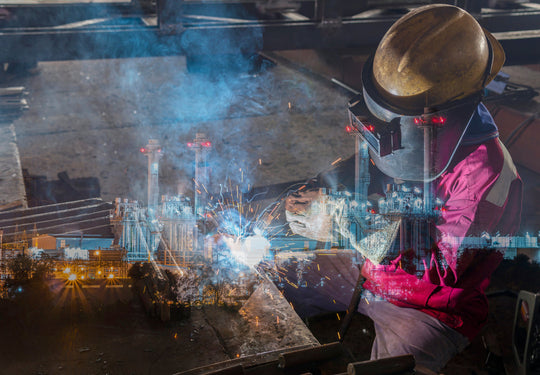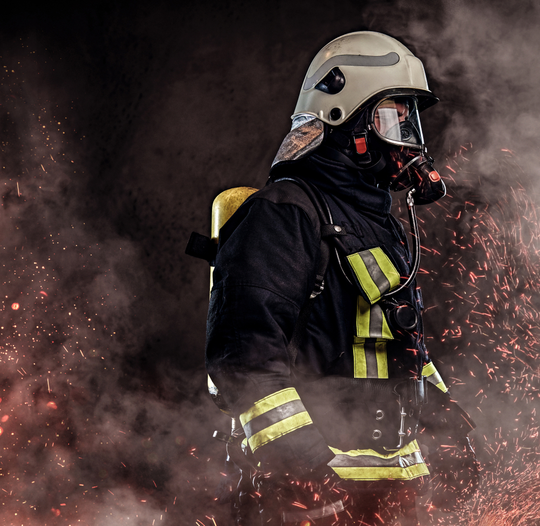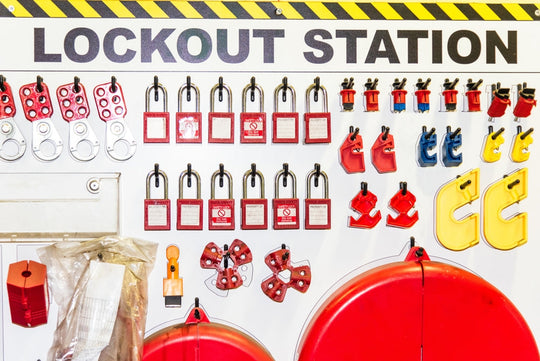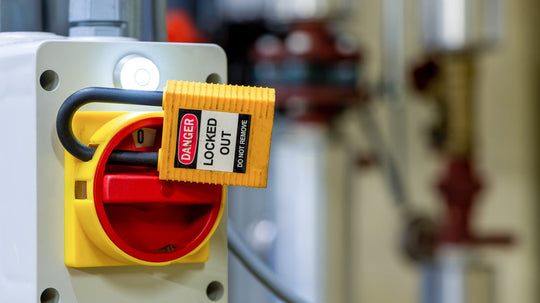Scaffold Inspection Tips to Prevent Workplace Accidents
Introduction to Scaffold Safety
Scaffolding is essential in construction and industrial work, providing elevated access for workers to complete tasks efficiently.
However, improper scaffold use and lack of inspections can lead to serious workplace accidents, including falls, structural collapses, and equipment failures. Ensuring construction site safety through regular inspections is crucial to protecting workers and complying with regulations.
This blog will explore key scaffold inspection tips to help prevent workplace accidents and maintain a safe work environment.
Understanding Scaffold Inspection Requirements
Legal and Regulatory Requirements
Scaffold inspections are required under workplace safety laws and regulations. Organizations like OSHA mandate thorough and regular assessments to prevent hazards. Employers must ensure that scaffolding systems meet compliance standards to avoid fines and protect workers.
Frequency of Inspections
Scaffolds should be inspected:
- Before each work shift to detect immediate safety concerns.
- After adverse weather conditions, such as strong winds or heavy rain, which may weaken the structure.
- After modifications or repairs to confirm stability.
- At regular intervals as part of a daily scaffold inspections routine to identify potential hazards.
Key Components of a Scaffold Inspection
A Scaffold safety checklist helps ensure all essential components are secure and hazard-free. A thorough inspection should include:
Checking the Foundation and Stability
The base must be level and secure to prevent tipping or collapse. Scaffolds should be built on firm ground with proper footings or base plates.
Assessing Guardrails and Fall Protection
Guardrails are crucial in preventing falls, a leading cause of workplace injuries. Inspect all rails to ensure they are securely attached and capable of supporting weight.
Inspecting Scaffold Planks and Platforms
Planks should be free from cracks, warping, or other damage that could compromise worker safety. Platforms must be tightly secured with no gaps between planks.
Evaluating Connections and Bracing
All connections, clamps, and braces must be firmly in place. Loose or missing components can cause instability and increase accident risks.
Common Scaffold Hazards and How to Address Them
Even a well-constructed scaffold can pose risks if not properly maintained. Below are some common hazards and solutions:
Overloading and Structural Failure
Scaffolds have weight limits, which include workers, tools, and materials. Exceeding these limits can lead to collapses. Always adhere to manufacturer weight guidelines.
Slippery Surfaces and Poor Footing
Wet or greasy platforms increase the risk of slips and falls. Keep surfaces dry and clean. Adding anti-slip materials enhances worker safety.
Loose or Missing Components
Missing guardrails, cross braces, or planks weaken scaffold stability. Workplace hazard reduction efforts should focus on identifying and fixing such issues before work begins.
Best Practices for Safe Scaffold Use
Proper Training for Workers
Workers must undergo scaffold safety training, including setup, inspection, and dismantling procedures.
Using Personal Protective Equipment (PPE)
Hard hats, fall arrest systems, gloves, and non-slip boots are essential when working on or around scaffolds.
Maintaining a Clean and Organized Work Area
Keeping the scaffold area free of debris minimizes trip hazards and ensures smooth movement for workers.
How to Conduct a Thorough Scaffold Inspection
Step-by-Step Inspection Checklist
- Verify that the scaffold is built on solid, level ground.
- Check for any visible damage or missing parts.
- Inspect all guardrails, planks, and connections.
- Ensure that weight limits are not exceeded.
- Look for hazards like slippery surfaces or loose materials.
Identifying and Addressing Potential Risks
Any identified issues must be addressed immediately. Workers should not use an unsafe scaffold.
Documentation and Reporting Procedures
All inspections should be recorded, including the date, inspector’s name, and corrective actions taken. This ensures accountability and compliance with safety standards.
Role of Supervisors and Safety Officers in Scaffold Safety
Supervisors and safety officers play a vital role in maintaining scaffold safety. They enforce safety policies, ensure proper training, and conduct regular inspections. By fostering a culture of safety, they help prevent workplace accidents and promote a safer work environment.
Explore More: Essential Safety Tips for Every Workplace
|
Safety Tags Tips |
Short Description |
|
Tips for Effective Use of Safety Tags in the Workplace |
|
|
Essential Scaffold Safety Tips for Workers |
|
|
Comprehensive Workplace Safety Tips for Employers |
|
|
A Step-by-Step Lockout Tagout Checklist for Maximum Safety |
|
|
Top Tips for Improving Warehouse Safety Standards |
|
|
Key Safety Tips for Small Businesses |
|
|
Best Practices for Lockout Tagout Procedures |
|
|
The Importance of Fire Safety Signage in Workplaces |
|
|
Essential Personal Protective Equipment (PPE) Tips |
|
|
Best Practices for Scaffold Inspections |
|
|
How to Use Industrial Labeling for Safety and Compliance |
|
|
Construction PPE Safety Tips for Protecting Workers |
|
|
Advanced Safety Tips for a Safer Workplace Environment |
Conclusion
Scaffold safety is a crucial aspect of construction site safety. By following a Scaffold safety checklist, conducting daily scaffold inspections, and implementing workplace hazard reduction strategies, companies can create a safer work environment.
For more workplace safety tools, including inspection tags and other compliance products, visit Archford's Safety Solutions.
FAQs
How often should scaffolds be inspected?
Scaffolds should be inspected before each shift, after any modifications or repairs, and following adverse weather conditions.
What are the most common scaffold-related accidents?
Falls, collapses, and falling objects are among the most common scaffold-related accidents. These can be prevented through proper inspections and safety measures.
What should workers do if they spot a scaffold hazard?
Workers should report any safety concerns to their supervisor immediately and avoid using the scaffold until the issue is resolved.
How can employers ensure compliance with scaffold safety regulations?
Employers should provide training, conduct regular inspections, document findings, and enforce strict safety protocols to comply with workplace safety laws.
5. What training is required for scaffold inspectors?
Inspectors should receive specialized training in scaffold safety standards, hazard identification, and regulatory compliance.


